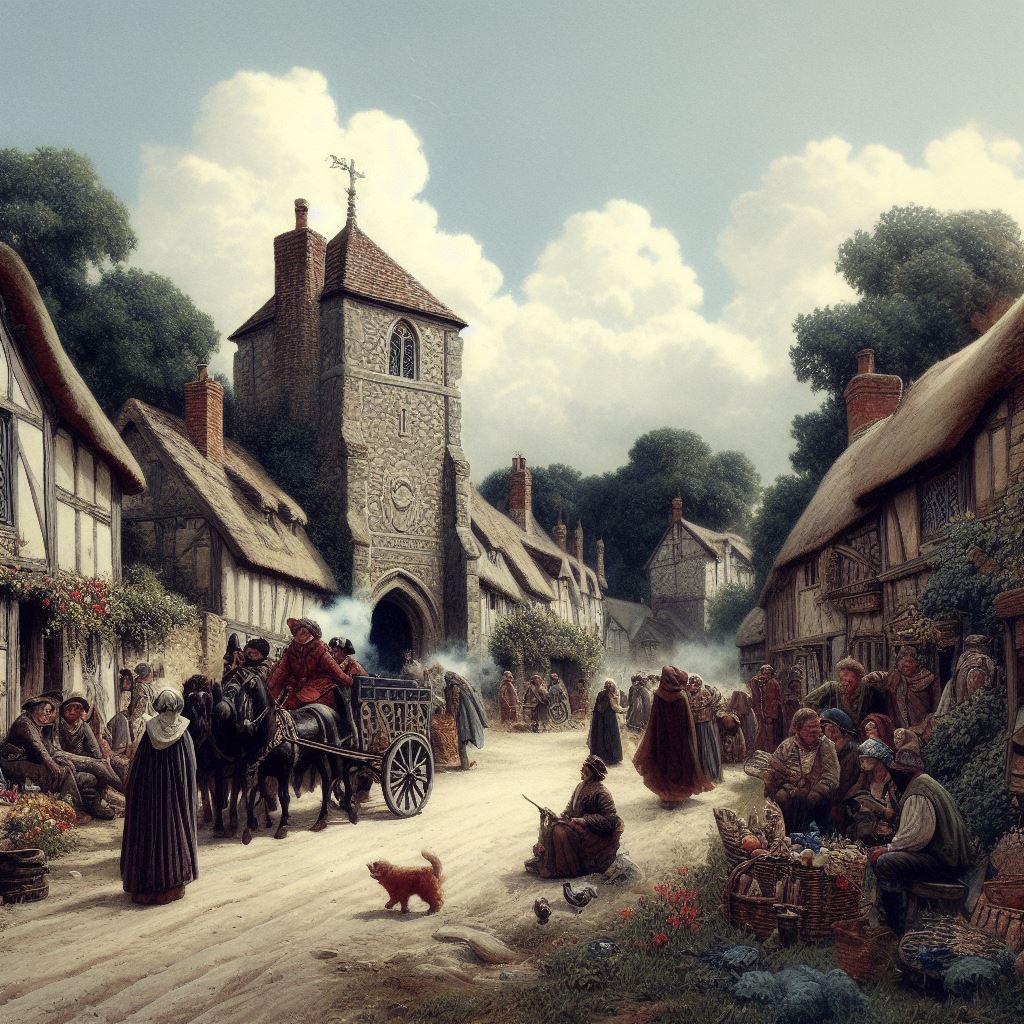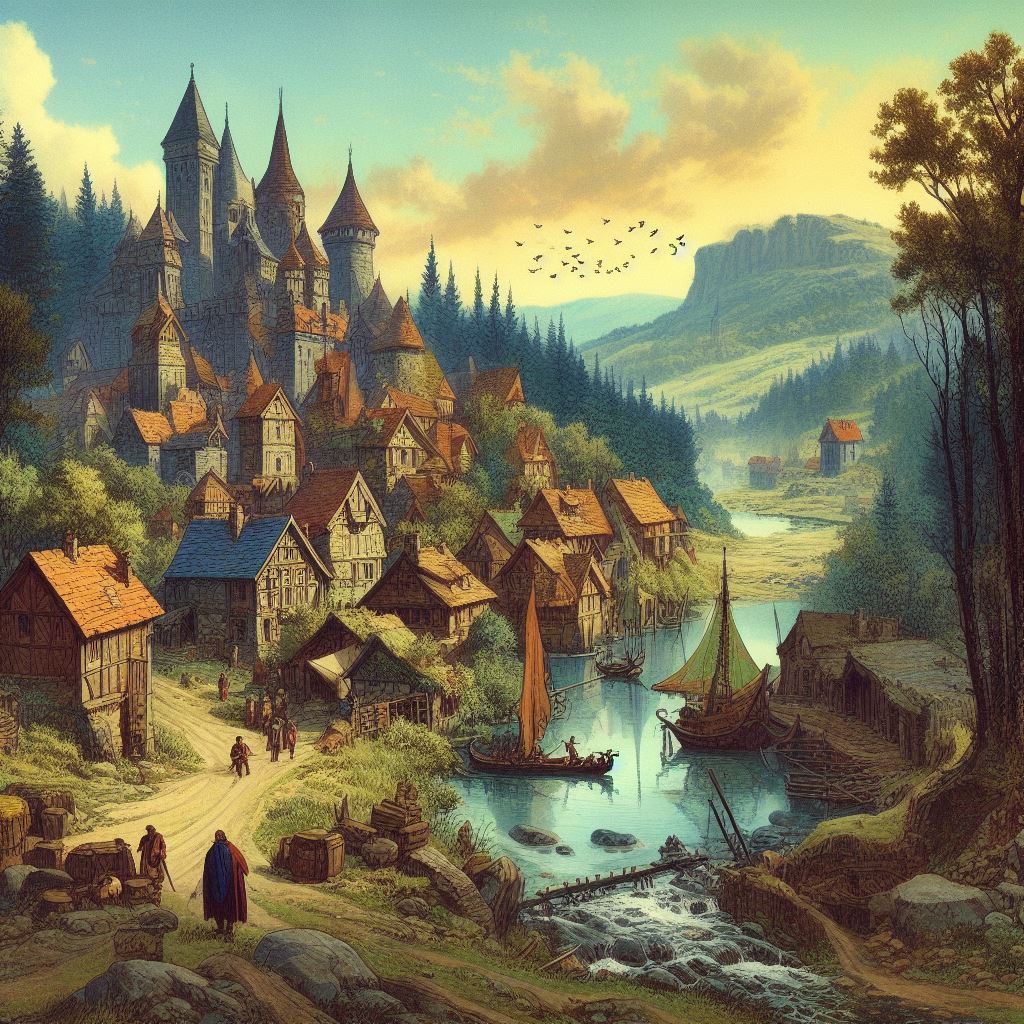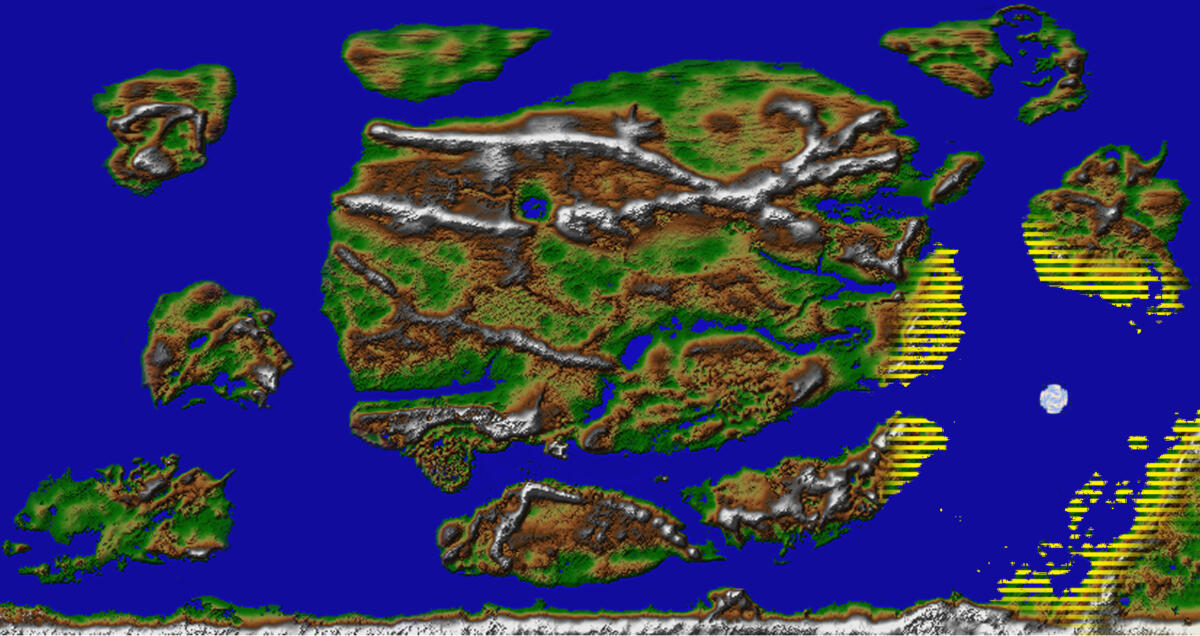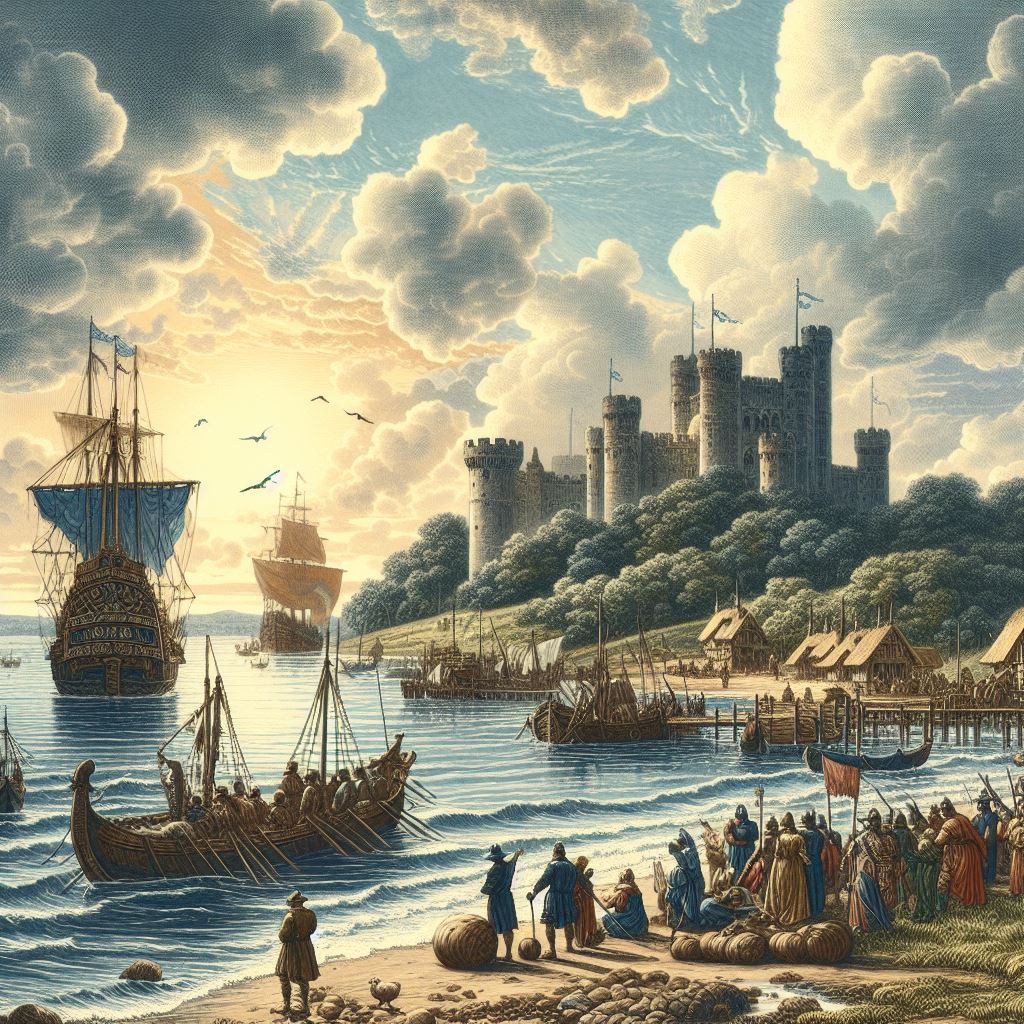Vular
Appearance:
Build:
Large to muscular to stout.
Height: (cm)
Females: 185-210
Males: 195-230
Weight: (kg)
Females: 75-125
Males: 85-150
Lifespan: (yer)
Females; 190-195
Males: 185-190
Skin:
Pale reddish to golden.
Hair:
Mostly brown or black.
Eyes:
Any but yellow.
Language:
- REALMISH
- WESTRIL
- VULARIAN
- HIGH-ARLINIAN
- WEST-FJELLAS
- WEST-DALISH
- SOUTH-SKOGISH
- CENTRAL-SKOGISH
- EAST-DALISH
- OST-ARLIAN
- NIMZAXIAN
Culture:
- COASTAL
- GRASSLAND
- HIGHLANDER
- MARINER
- NOBILITY
- NOMAD
- URBAN
Timeline:
25 Settled at Ljostari
100 Founded the Vularian Empire
3600 Harressing Ljostari Alfar
3998 Attacked Ljost Alwar openly
4074 Vular War broke out
4100 Attacked the Dwarves
4140 Tricked Jomzaars
4286 Ljostari sinks
4286 Mt. Vula erupts
4286 Deep Blue Tsunami
1 Fourth Age Their empire collapsed
2-20 Created the new order.
Legend
“3rd born Wanderers, they surpassed all other Human as Alchemist and Mana Manipulator. Rivalled only by Ljost Alfar, by whom they eventually were defeated.”
History

According to Kanziganthir, their old lore from down beyond The Rim states that they were born after the Jomzaar. Yet they surpassed both them and Rimzir in skills and use of Magic. Their legends are that they advanced rapidly due to their proximity to the god ‘Theseaurs’—a bull-horned god. Hence, they followed their god across the Rim when it migrated.
As such, they heralded the new, third age, and as the first of the Wanderers to cross the Rim, seemingly sensing their gods location, they came directly to Ljostari. There, on the shores facing Fautyr and Ogryl welcomers, hoping for aid, they introduced themselves as holy pilgrims, looking for their god. But even though the inhabitants of Ljostari were used to interacting with many gods, they could not direct the Vular towards a bull-headed one.
Thus, the Vular was allowed to search and settle alongside Ljost Alfar, T'Aurs, Dwarves, and all the other Races. Foothold secured, they began searching the island, constructing small fortified settlements as they advanced.
At first, the Vular sought friendship and were pleased to find skilled teachers in every aspect of things unknown. It did not take long before their forts began to annoy the other races, and especially the Fautyr came to dislike their presence. The other races soon discovered the reason why the Vular was so eager to fortify their settlements, as when the Jomzaar arrived, they immediately attacked the Vular. But the races of Ljostari, led by the T’Aurs, defeated the Jomzaaar and told the survivors that warfare on Ljostari was not tolerated.
With the unexpected aid, the Vular stopped building inland fortifications and instead strengthened their towns and villages along the coast. Soon these fortified ports formed what would be independent Vular societies, each with a leading steward having a seat in the Vulars council as their ‘Crown Steward’. Each settlement also launched their own expeditions to search for their god throughout the islands.
Skjald Valgrif

These expeditions across all isles gave the Vular some important footholds throughout coastal shores, upriver streams, and deep into the paths of the isles. These footholds, bringing alliances and trade agreements, ended up being key in their ongoing feud with the Jomzaar, as they gained more knowledge and wisdom from their allies than their arch enemies would ever. But they also fueled an internal rivalry among the Vular houses.
It’s worth noting that their lifespan back then was more than a thousand years, so some of them befriended several generations of leading Indigenous families. The most renowned Vular was Wallin Hastungs, who in his 1256 years befriended and created bonds with an extreme amount of indigenous noble lines: 5 Moss'Ari Queens, 5 Mawmen house heads, 5 T’Aurs chieftains, 6 Kobold lords, and 14 Archaic leaders. Just to mention a few and shed some light on how the bonds between the Vular and the indigenous grew.
These bonds did, through time, give the Vular insight in Crafting, Combat Herbs, Void Weaving, and Magic Paths, unlike any other wanderers. It was also these bonds that allowed the Vular to leech Resources and Raw materials for several millennia. The goods they used to their own benefit or sold for immense profit funded their feud with Jomzaar.
Their crafting, Enhancing, and handling, all in the name of their own god, annoyed the other gods. Thus, these gods began to plot and work against the Vular, resulting in the Thursar, who didn’t at all fancy the young gods, taking up teaching and aiding the Vular. Thus did Vular become great masters of elemental magic and almost as proficient in Truenames as Drakk Alfar. It was, in fact, this aid that started the Vulars rush towards learning everything and obsessive hunt for Truename Tomes.
Skjald Vinotis
Well, not every wrongdoing was the fault of misguided Vular, and in 853, Ortagui and Findograa attacked the village of Gnauti. The Vulars reply came at once, releasing their might in what’s known as the ‘North Vular War’, but their might was matched by the vast number of foes from several Indigenous races.
Thus, it was a relief to the Vular that the indigenous regarded any Wanderers as foes and made the mistake of attacking the Rimzir in 1170 and the Jomzaar, as it created the first ever alliance between wanderers. In the spring of 1173, the Wanderer Alliance landed a gargantuan army on Midgard’s northern shores; their ships destroyed every enemy vessel and bombarded many a harbour to ruins; and their troops marched inland and defeated the Indigenous led by Ortagui and Findograa.
In 2294, the Vular got their revenge on Findograa and Ortagui, as they lured the Findograa to attack Ortagui. As the indigenous fought, the Vulars played both sides, unfolding a millennium-old hatred and urge for revenge, allowing the Vulars to plunder a great amount of resources.
Skjald Sigurd

Several millennia had passed; the eldest of the Vulars was long gone, but their refined knowledge lay written in their library at Ljostari. Lore of such quality that upcoming masters relied on them, slowly building a feeling of equality or supremacy towards masters of other races. Forgetting that these skilled overlords teaching them were the very same individuals who had taught their Vularian ancestors. Thus, pride grew in the Vular, and around year 3600, as they felt safe regarding the Jomzaar, they began harassing Ljost Alfar settlements in an attempt to drive them off Ljostari. Yet, they were cautious about doing it too openly, as they remembered the wrath of the races towards the Jomzaar.
Alongside their search for their god, feud with Ljost Alfar, and the growing conflict with Fautyr and Dwarves, they still plotted against their Jomzaar arch enemies. In the year 3837, they managed to stir the Borji of Midgard into a revolt against the Jomzaar settlements. It merely rocked the Jomzaar foundation, but not so much that it was in danger, as the Jomzaar empire was immense and well founded.
Skjald Ulrich
In 3998, disregarding possible reprasials from N-Erectus or indigenous, the Vular finally attacked the Ljost Alfar openly. It brought swift troop arrivals at their gates, but the Vular crushed any such protesters and allied foes swiftly. With their minds determined and their brutality strong, they prevailed on these warnings and prepared for further foes.
They came in 4075, and the Vular War erupted. Now the Vular would stand their test, reach their goal, or be destroyed. So they pressed on and gained support from unexpected allies like Mawmen, Ogryl, Drakk Alfar, Kobold, Thursar, and Gods.
In 4100, their forces had pressed the Ljost Alfar side back to Mt. Ljostia, and the Vular decided to attack the Dwarves there, claiming it all and renaming it Mt. Vula. It was an unwise move, as it made some of their allies depart for neutrality.
Skjald Sejrik
In 4140, another attempt against the Jomzaar was made to remove them from the Ljostari conflict. It had a greater impact on the Jomzaar, but this second revolt didn’t really benefit the Vular, as they were knee deep into the open skirmishes on Ljostari. Skirmishes also made Thursar turn their backs on all Vular, and with a rapidly declining number of allies, some Vular openly turned towards the gods of astral energies, which caused internal fights with those loyal to the bull-headed god.
Thus, factions of Vular departed from their war, both new-god praisers who felt the cause of the bull-headed was misguided and bull-head followers who felt new-godders had taken over their holy quest. Despite these factions departures, the main Vular army had the upper hand due to their Mana manipulators.
Skjald Sigurd
As the conflict on Ljostari had grown for a long time, it culminated in 4284, when the Ljost Alfar finally had enough and surged forth to get rid of the Vular menance for once and all. The slaughter was insane, and streams of Ljostari became alive due to blood and spirits. Its said that it ended with Vularian victory in 4286, at the battle outside Ljostalia, the Ljost Alfars Capital, when their bull-headed god reappeared and breacged the gate. Then the Vular began to raze and pillage, which infuriated some of the Divine races, so they stepped out of the Astral and fought the Vular. Resulting in others coming forth, aiding the Vular, and then it exploded into a clash of such energies that Ljostari sank beneath The Deep Blue, and the central mountain erupted as the odd volcano, Mt. Vula.
Skjald El Mary
Fourth Age
Even though their lifespan has declined through generations, with the Deep Blue Tsunami seemingly accelerating the decline, it is still greater than that of other humans. They are also still capable of feats of greatness beyond most, and many have re-gained respect from leaders and champions of most other races, as they not only overcame their defeat but also their worldwide empires total collapse, as well as dealt swiftly with both Arisen and Liches.
They mainly focused on rebuilding those ports from their Vularian Empire, which did not sink beneath the ocean when Mt. Vula erupted. As they lost their central leadership, they created a council of ‘Crown Stewards’ with each settlement having one seat each. These ‘new-godders’ and ‘old-headders’ have become revered and renowned characters and heroes. They only have three things in common: a fondness for learning, animosity towards Jomzaar, and internal family strife.
Skjald Ulrich
As some say… they are master craftsmen… F.F. Jaeger invented both lanterns and wicks… used in Baldurs lighthouses.
Skjald Kazumix
I once was so lucky to attend one of their rare grand meetings of ‘Crown Stewards’, where I heard an odd tale about the days of old, where they came from somewhere else, before passing back. Following their master, ‘He’ fled south from some mighty divine pursuers.
Afterwards, when I tried to pry deeper into this “…before passing back,” But, even with my most elaborate ‘tweaks’, I gained nothing but brief phrases, as heard earlier. But I now suspect they might originate from Outlands.
Skjald Sejrik
I admit, I’m pleased they threw themselves into fighting off The Great Invasion at last. But I honestly think they could have acted swifter. Oh well, I assume they were trying to figure out if the situation somehow would enable them to enter Mt. Vula. But when they did enter the fray, oh man, what fighters they are.
Especially one episode stands out to me. I was fighting a mob of Pigryn. and out of nowhere stomps this gargantuan Mammutan. As I see it charge in, I hear a large yell, “DUCK YER’ HAT GOLDY,” and I luckily did kneel. So, with a large swoosh, an anvil flew over my head and landed smack in the face of the stampeding monster. Knocking it stone cold and toppling dead into my foes. That was my first meeting with F.F. Jaeger. and the following mugs of ale were made with sweaty hands.
Skjald Yell'a'Beard
Cartography

They are spread throughout the following Isles and Countries
Midgard: Goldar, Noriag, Spiy, Zapri
Skjald Ulrich
Organisation

Vularian Clovers: As such, there have been, since the Vular War, three, now four, factions of the once-united Vular race. Each family adheres to a tribe, which sees itself as belonging to one of these factions. Each tribe has a seat in the Vularian Clover Council, which is not necessarily filled by a tribe’s leader but merely by a liason.
The four tribe factions are: the Loyalists, those bull-headed god followers who felt new-godders had hijacked their holy cause. The Illuminated, those new-godders who felt the bull-headed followers swayed in following their holy cause, The persistent were those who used both the new gods and their bull-headed god in the attack on Mt. Ljostari. The fourth, later appearing faction is those Vular who either marry outside their race or descend from such parents, and although considered Common by East Fjella, Markeoy, Midgard, and some also live in Darin.
Skjald Sigurd
As each settlement has standing guard training as if it were military, they can quickly gather hard-hitting, well-trained, equipped, and exceptionally disciplined warriors. Members are generally male, enlisted for a 7-year period in their early twenties, and taught both weapon usage, medical skills, and tactics. Thus, they are formidable in war and, if not outnumbered, will punch a dent in or a hole through any opponent. They are also easily recognised by each other on the battlefield, as they proudly don uniforms and heraldry unique to settlements and families. Their colours and arrogant approach to displaying their force before entering battle are generally a way to determine if Jomzaar or Vular are appearing on the horizon.
They rely on death for foes before melee contact and therefore use quite a lot of missiles, pikes, and heavy cavalry. But also heavily armoured and hard-hitting infantry, long-range war machines, and, to some extent, mercenaries who bleed willingly for gold.
Skjald El Mary
Special

They have no specific allegiance to any of the gods, and they shift between them as they see fit. Mostly, they do so to benefit them in their daily workings or their grand schemes. And they dislike the Jomzaar, just as much as I dislike being thirsty… waiter!
Skjald Yell’a’beard
Last Updated on 2024-05-28 by IoM-Christian
